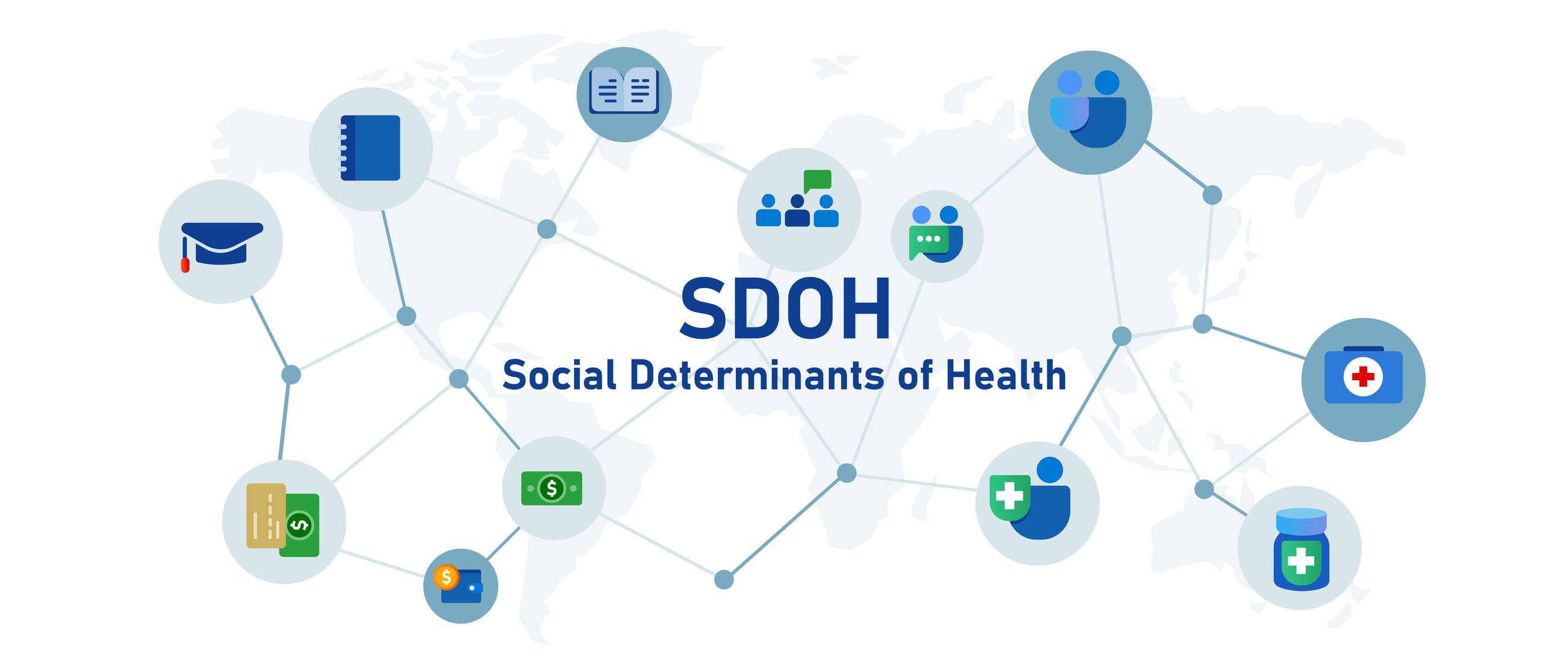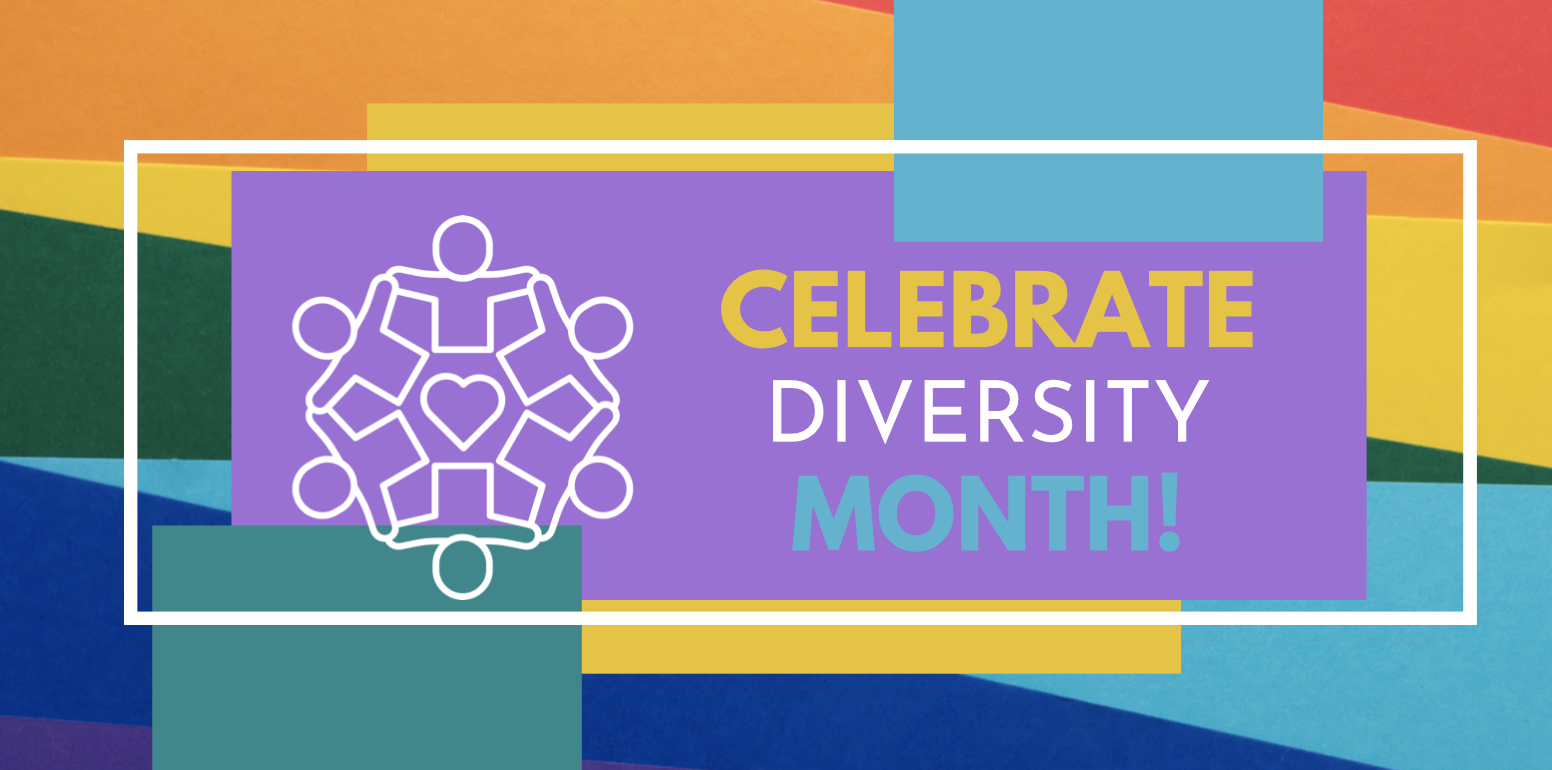
Here’s an interesting option for people with Parkinson’s Disease to cope with the motor skills challenges they face every day. It’s another example of technology improving people’s lives.
Parkinson's Disease is a nervous system disorder that affects a person's movement. The most common sign of this disease is hand tremors. Other signs like stiffness or slow movement can also be common. Parkinson's Disease has symptoms that will worsen with progression of the condition over time. This disease has no cure but, medications or physical therapy programs can help improve symptoms.
Google Glass was a failure. At least, according to most people. But not for one specific group: people with Parkinson's. They've been experimenting with new software for Glass and say that it improves the quality of their lives.
People suffering from Parkinson's have challenges with their motor skills. Joy Esterberg, who was diagnosed with Parkinson's in 2003, compares the feeling to moving through mud. She was an early adopter of the Glass software, which has been in development for the last year.
"It is very sci-fi," Esterberg said of Glass. "What I like about it is that I can wear it at home. You have the little screen, you see David dancing, and you can follow the moves."
She's talking about David Leventhal, the director of the Mark Morris Dance Group's Dance for PD program, which has been offering free dance classes for people with Parkinson's since 2001.
When a user activates Glass, they can choose from a variety of different exercises, like "warm me up" or "balance me." Once selected, they see Leventhal or one of his co-teachers projected in front of them.
This technology is especially important because when people with Parkinson's walk down the street, they sometimes freeze up. In order to get going again, they often need to watch someone else's movements or footsteps. This can be problematic, especially if there's no one around.
The software, called Moving Through Glass, is based off exercises done in Leventhal's weekly class. The movements have roots in ballet and modern dance, and include a lot of extension exercises, which are particularly helpful for people with Parkinson's. Some students are very mobile, while others are confined to wheelchairs and exercise with assistance.
To get the Glass project going, Leventhal applied for a $25,000 Google (GOOG) grant. He got it, and then partnered with SS+K, a New-York based advertising agency with a strong focus on social responsibility. It developed the software for free through its innovation lab.
Though still in the pilot stage, it's hoped that the software will make people with Parkinson's more independent and confident when they go outside.
"It's surprisingly un-weird," Esterberg said. "In New York, nobody is going to look at you if you have something on your face. You'd have to have orange feathers sticking out of it for people to notice."
More and more of the students in her dance class will be using Glass as part of the program. There are about 50 people who attend each week in Brooklyn, and it's known as a place for camaraderie and acceptance.
"Everyone comes to dance class for a reason," Leventhal said. "Some people come to escape Parkinson's. Some people come because they want to work on specific skills related to balance or coordination or musicality."
There isn't data on how successful the class has been, but Levanthal said he sees it in students' stories. One student, he said, had been able to dance at a family member's wedding thanks to the class. Esterberg said she dances better now than she did before Parkinson's because she practices every day.
For now, the Glass software is still in the early stages, and the dance studio has 25 pairs available for students to borrow. However, the future is uncertain because Google stopped selling Glass earlier this year, saying it will focus on future incarnations.
Whatever Glass 2.0 looks like, Leventhal said his students will have a lot of feedback and, no matter what, they'll still be dancing. Esterberg certainly will be, and said she hopes more people will see that a diagnosis doesn't have to mean giving up.
"You can do new things," she said. "You don't have to just accept [that Parkinson's is] the end of everything. Because it really isn't."
Contributor: Jillian Eugenios and Erica Bettencourt
Story Source: CNN





